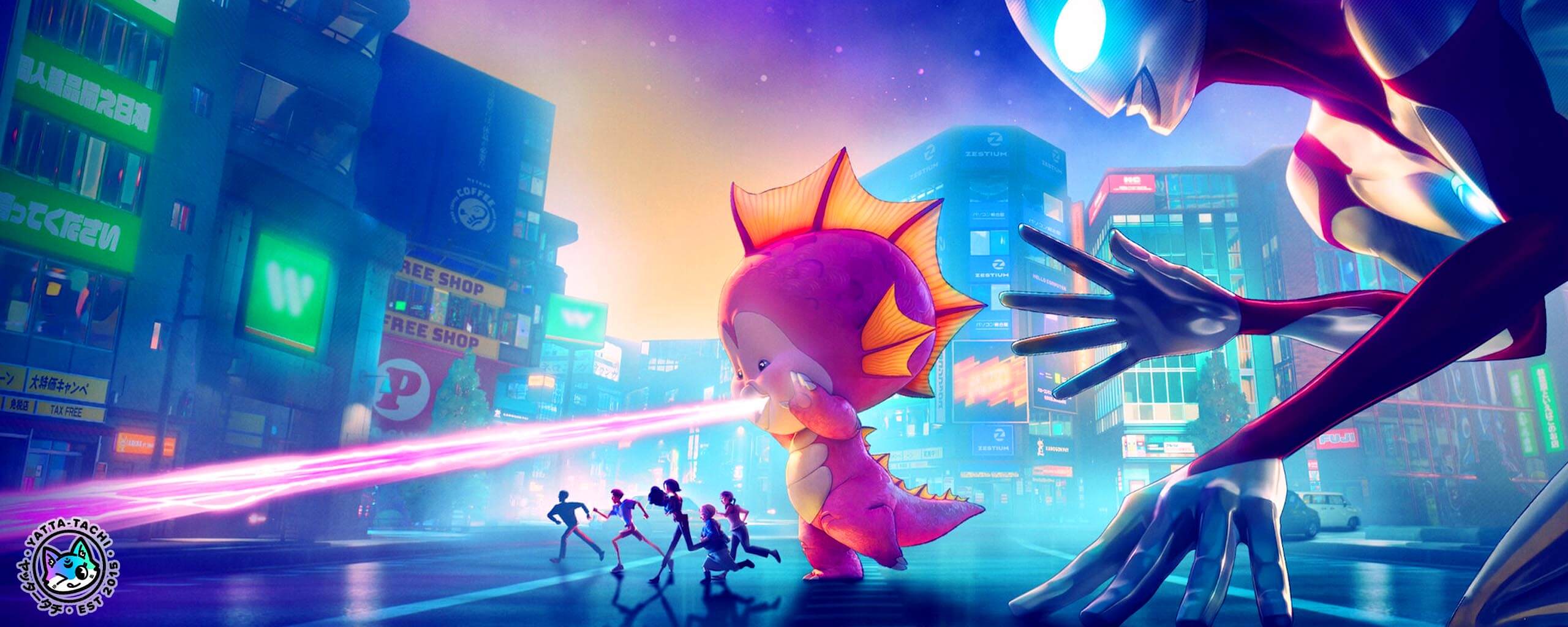There is a government agency that goes by many names. It fights monsters, or kaiju, from beyond space and time. These are powerful and dangerous creatures. But the agency has a secret benefactor, a man that contains a being of light: Ultraman. He can grow to any size, take any punishment and shoot beams from his hands. Week after week he fights and defeats kaiju in twenty-minute increments. This is the formula that the Ultraman franchise, created by special effects genius Eiji Tsuburaya and managed by Tsuburaya Productions, has diligently followed for nearly sixty years.
The new Netflix film Ultraman Rising breaks many of these rules. Its protagonist is a baseball player who doesn’t want to be Ultraman at all. He is tasked with raising a baby kaiju from birth rather than killing it. The government agency is reimagined as a vengeful allegory for the US war machine. That’s not to mention the greatest blasphemy: Ultraman talks! The film reimagines the silent giant of years past as a fast-talking Marvel character living in a big underwater lair.
Director Shannon Tindle, co-writer Marc Haimes and their team chose to re-envision Ultraman for their own purposes rather than tell a straightforward hero versus kaiju story. Some might question this decision. What is Ultraman, after all, but an excuse to watch a big guy in a suit fight a monster? Any fan of the character, though, would tell you this is not the whole truth. The Ultraman formula is just a part of its success. Just as important is change.
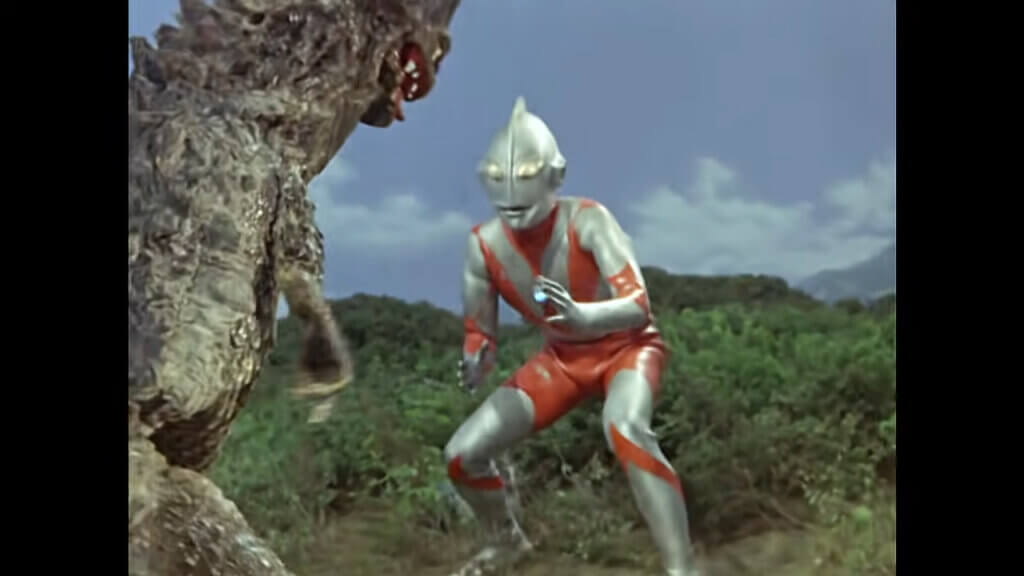
What is Ultra?
The Ultra Series didn’t begin with Ultraman. Its first entry, Ultra Q, was a science fiction series inspired by The Outer Limits. Eiji Tsubaraya had previously worked on classic giant monster films like Godzilla. He believed it was possible to replicate their appeal on the small screen. Ultra Q aired in 1966 and delighted audiences at that time. Nobody knew what to expect each week. Some episodes were comedic, others were spooky haunted house thrillers. The only guarantee was that a monster would appear in each episode.
Two weeks after the finale of Ultra Q, Tsuburaya Productions made their first big change to the formula: they added a superhero. Now a giant silver man would fight the kaiju in each episode’s finale. This was exciting for viewers but a potential limitation for the staff. Ending each episode with a battle enforced a structure on what was previously a free-form series. There was every chance that Ultraman might have lost Ultra Q’s spirit of experimentation.
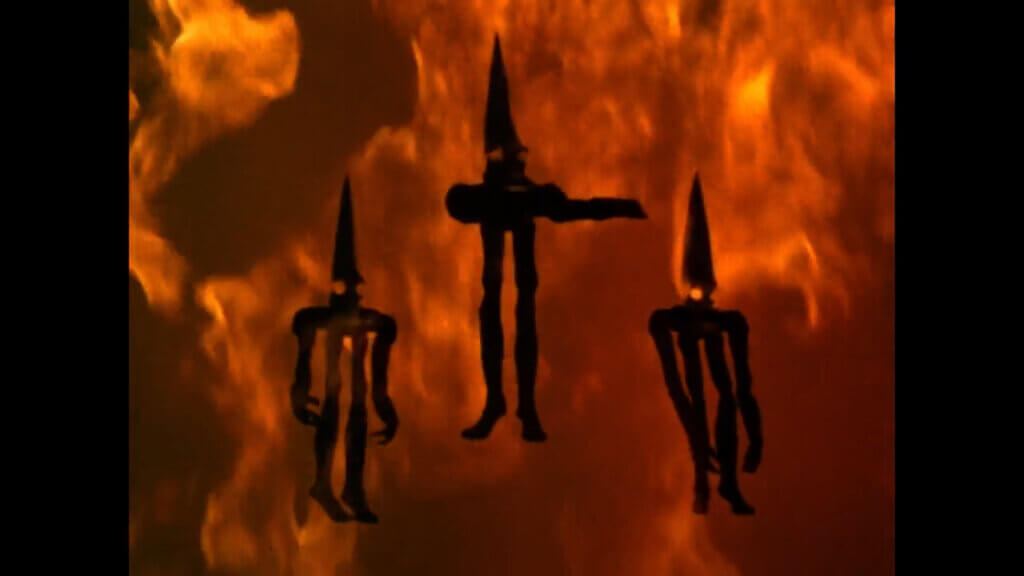
The 700 Kilometer Run!
Instead, Ultraman took even greater creative risks than Ultra Q. Part of this can be credited to the involvement of director Akio Jissoji, whose episodes became infamous for their heavy themes and surreal visuals. But I think it goes further than that. From the beginning, Tsuburaya wanted to do something that nobody had done before. His team empowered similarly ambitious people rather than stifling them. Ultraman became a haven for folks in the industry to express their artistic ideas within the show’s formulaic framework.
Look to Ultraman’s successor, Ultraseven, for proof. Fans rightly laud its episodes by Jissoji for expanding what Ultraman could be. But other episodes also took big swings. “Dark Zone,” “The Stolen Ultra Eye” and “Ambassador of the Nonmalt” questioned whether the heroes were truly doing the right thing. “Super Weapon R-1” argued against nuclear weapons as a form of escalation. “Showdown at 140 Degrees Below Zero” subjected Ultraseven’s human form to intense physical danger. These all coexisted with “The 700 Kilometer Run!,” an episode that featured a kaiju called Dinosaur Tank. That unique mix of seriousness and silliness represents the Ultraman franchise at its best.
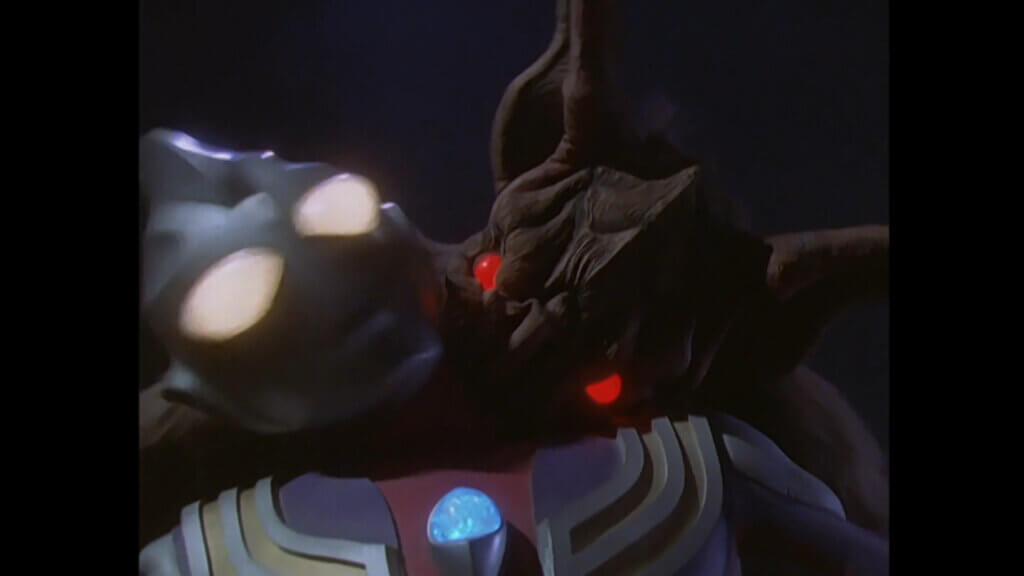
The 90s revival
Ultraman was revived on television in 1996 with Ultraman Tiga. Tsuburaya Productions updated the character writing and added elements of serialization, but maintained the show’s varied approach to subject and genre. For every episode that played by the rules, there was one that took a bizarre left turn into supernatural vampire fiction or demon-hunting samurai chanbara. One episode even transported Tiga through time to shake the hand of Eiji Tsubaraya himself.
Ultraman wasn’t just weird or scary though. He could also be gentle. 2001’s Ultraman Cosmos, which ran for an impressive 65 episodes, shifted the focus from defeating enemies to cleansing them of corruption. Long before that, though, the Ultraman franchise had already questioned whether kaiju were irredeemable. One episode of Tiga had the titular character transform a giant kaiju into a cuddly, pint-sized creature. Years earlier, Ultraseven introduced “capsule kaiju,” which fought alongside the protagonist in battle.
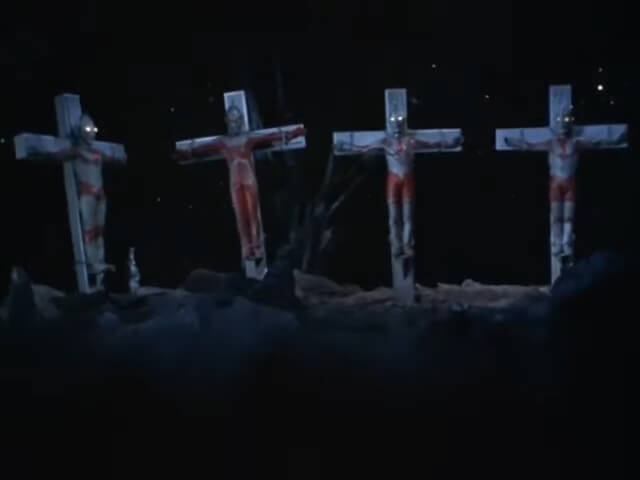
Catholicism
I suspect that Eiji Tsuburaya’s Catholicism was at the root of this. Folks point and laugh at famous shots from the series where Ultraman and his friends are crucified by the bad guys. Underneath that surface though is a focus on redemption. Kaiju may commit evil acts but they are not necessarily evil themselves. Some can be dissuaded, pacified or even recruited to fight alongside Ultraman. The same is true of humans. Ultraman’s self-sacrifice is that much more meaningful because he does it for others.
The Ultraman franchise is not always able to unify its many parts into something coherent. It has experimented in the past with female protagonists (Ultraman Ace,) serialized drama targeted at adults (Ultraman Nexus) and international co-productions (Ultraman: The Ultimate Hero.) These were all failures, either because the producers or the audience at the time rejected them. Even successful seasons of the show have struggled with money. Tsuburaya’s family sold the company in 2007 precisely because the franchise had become too expensive to produce relative to its earnings.
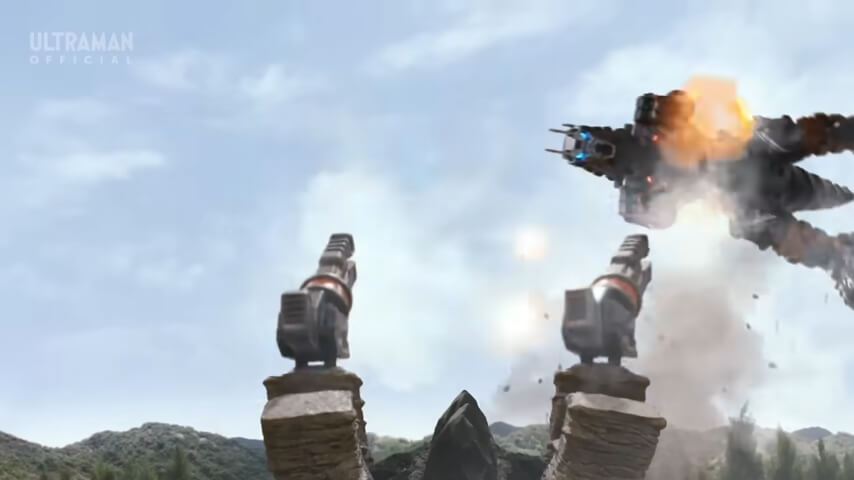
The modern era
Later seasons have stuck to short episode orders and put toyetic elements front and center. The franchise is now much closer to traditional tokusatsu series, like Kamen Rider or Super Sentai, than it once was. Tsuburaya Productions today is working to figure out exactly what audiences want from Ultraman: is it a nostalgia brand, a children’s franchise, or the groundbreaking science fiction series Eiji Tsuburaya once dreamed of?
Despite all this, Utraman’s stewards have insisted on upholding Tsuburaya’s high quality standards. The most recent Ultraman TV series, Ultraman Blazar, features impeccable suits and effects for television. The creatures emote and even transform during battle. Blazar also featured scripts by Keigo Koyanagi, who made a splash in the anime world this year with Bang Brave Bang Bravern. The series interprets Ultraman as hard-broiled (though often comedic) military science fiction. Regardless of its success, I think it’s fascinating that executives at Tsuburaya continue to fund new takes on the character rather than resting on their laurels.

A roving Ultra Eye
Tsuburaya Productions also continues to hire artists outside tokusatsu. Anime fans may know Hideaki Anno, who directed the film Shin Ultraman. But Tsuburaya has also reached out to folks like the mystery writer Otsuichi, who was handed the sequel series Ultraman Geed. Meanwhile, past Ultraman scriptwriters like Keiichi Hasegawa have been tapped to reinvent the company’s past properties (like the Gridman series) in other mediums. Not every experiment is a winner. But there’s almost always evidence of craft and a distinct perspective even in disappointing Ultraman productions.
Tsuburaya Productions is also far ahead of its peers in making its backlog available abroad. Nearly every Ultraman series up to 2006’s Mebius is available to stream on Shout! TV and sold by Mill Creek. Tsuburaya didn’t just upload every episode of last year’s Ultraman Blazar to YouTube with English subtitles for folks to watch for free. They dubbed every episode into English as well. Kamen Rider and Super Sentai are much less accessible by comparison.
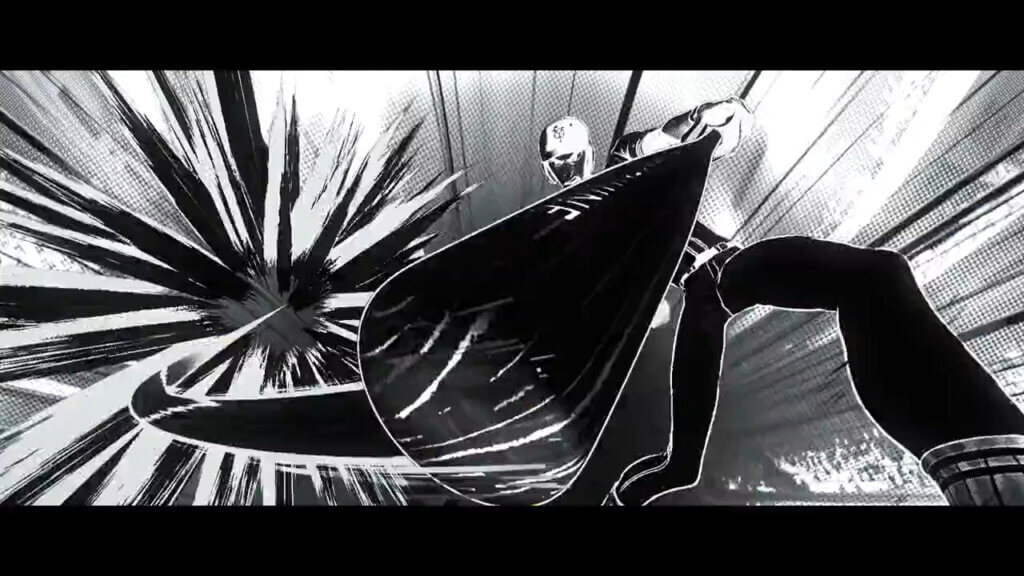
Another transformation
Ultraman has always been amorphous. An episode can be any genre and pitched at any audience. They often have kaiju, but those creatures might be good, evil or something in between. Not even Ultraman himself is necessary. He might have defined the series for a wide audience, but he was only ever a late addition. The Ultraman franchise at its best is just an excuse for artists to tell stories they care about to a wide audience using groundbreaking special effects. Everything else is a means to that end.
Ultraman Rising is no different. Not everything about the film works; I found the protagonist unconvincing, and his baseball career undeveloped. But by choosing a specific angle on the Ultraman character, and following that angle to its inevitable conclusion, Tindle, Haimes and their team walk in the footsteps of Tsuburaya and every other artist he enabled over the years. Ultraman has never just been about heroes fighting monsters. Ultraman is about freedom.

Featured Sponsor - JAST
The sweetest romance and the darkest corruption, the biggest titles and the indie darlings; for visual novels and eroge, there's nowhere better.
Big thank you to our supporters
From their continous support, we are able to pay our team for their time and hard work on the site.
We have a Thank-You page dedicated to those who help us continue the work that we’ve been doing.
See our thank you page